|
Disclaimer: FOR TEST AND EXAMPLE PURPOSES ONLY! These web pages are not intended to be used as a source of information on medicines.
The web pages are not kept up to date and are for demonstration purposes only.
For up-to-date information on a medicine, please consult www.ema.europa.eu/medicines or the package leaflet of your medicine.
|
BACK TO LIST |
Laboratory Report
|
|
|
|||||||||||||||||||||||||
Chemistry
| Test | 29-APR-2024 | Reference Range | Unit |
|---|---|---|---|
| Hemoglobin A1c/Hemoglobin.total in Blood | 5.9 | 4 - 6 | % |
| Glucose [Mass/volume] in Blood | 97.8 | 70 - 140 | mg/dL |
| Urea nitrogen [Mass/volume] in Blood | 12.3 | 7 - 20 | mg/dL |
| Creatinine [Mass/volume] in Blood | 0.8 L | 0.9 - 1.3 | mg/dL |
| Calcium [Mass/volume] in Blood | 8.8 | 8.5 - 10.5 | mg/dL |
| Sodium [Moles/volume] in Blood | 136.1 | 135 - 145 | mmol/L |
| Potassium [Moles/volume] in Blood | 3.9 | 3.5 - 5 | mmol/L |
| Chloride [Moles/volume] in Blood | 110.4 H | 98 - 110 | mmol/L |
| Carbon dioxide, total [Moles/volume] in Blood | 27.2 | 22 - 32 | mmol/L |
Annotation
| Conclusion and Recommendations based on this report and previous findings known to us |
|---|
| Laboratory results are largely within normal limits. HbA1c and glucose indicate good glycemic control. Creatinine is slightly below the reference range but not clinically significant. Chloride is marginally elevated, which may reflect mild electrolyte imbalance but is not alarming in isolation. No evidence of renal dysfunction or significant metabolic disturbance. Clinical correlation recommended. |